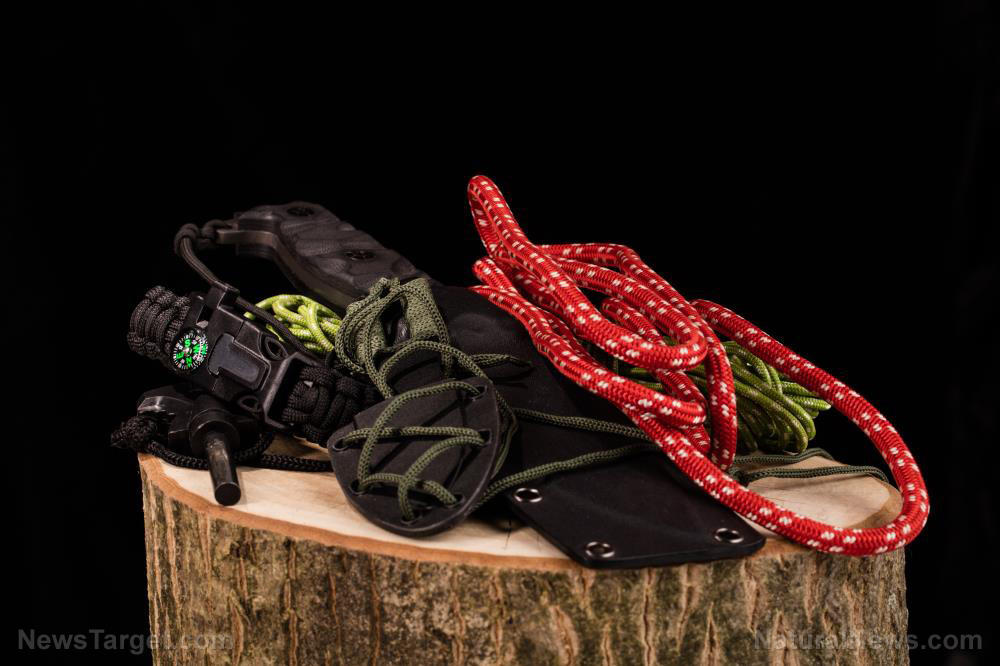
Advertisement
The bungee cord, despite its simple looks, is incredibly versatile and is a must-have for any prepper. Not only should you get as many of these as you can, but you should also know how to use them to make off the grid living easier and safer.
When it comes to picking a good cord, avoid heavily marketed fads. Many bungee cords hawked by hardware and big-box stores are useless for survival purposes due to a variety of reasons. For instance, the so-called “mini-bungee cords” are too short to be of any practical use, while the ones that sport plastic balls at their ends cannot be securely fastened onto a loop for very obvious reasons. What’s worse, some brightly-colored cords are made in Chinese factories and usually give off harsh chemicals that smell bad. Instead, pick a cord with hooks on either end of the rope and that comes in subtler colors.
Most of the time, you do not want to be noticed, so your gear should not stick out like a neon sign — or stink to high heaven. You also don’t need the strongest available type. Instead, pick one that is sturdy enough for your needs and light enough for you to carry. And always get at least two. (Related: Crucial first aid skills you need to learn before going off grid.)
Making makeshift shelters with bungee cords
You can build an emergency lean-to using five bungee cords and a military-issue poncho that has grommets on its corners.
- Start by hooking one cord to each grommet and securing them.
- Fasten the hood of the poncho with its drawstring before coiling one end of a fifth bungee cord around it.
- Tie the other end of the bungee to a tree branch so that your poncho gets pulled upwards to form a small shelter.
Bungee cords also let you turn any tarp into a tent by pulling out the canvas to the needed length. Tie a cord between two trees and hang a tarp over the length. Then stretch the corners of the canvas before securing them with stakes or more bungees.
Locking down your gear to your rucksack or vehicle
If you have an ALICE — which is short for All-Purpose Lightweight Individual Carrying Equipment — pack, you can hook up bungee cords on the inside of the frame. The coils will stay in place between your back and your rucksack, and you can get it by just taking off the load carrying equipment.
You can also fasten ponchos and other gear to the exterior of your pack or vest with these cords. Just roll up the garment (in the case of the poncho), wrap the bungee cord around it, and hook it to your load carrying equipment. Or you can also secure the poncho on top of your rucksack, which lets you cover your pack after you set the latter down.
In addition to strapping gear to your ruck, bungee cords can also secure equipment to almost any flat surface of a car, motorcycle, or truck. Enough of them can also keep the broken lid of a hood or trunk in place.
Turning a bungee cord into a fishing trotline
A strong bungee cord can be used as a trotline, a long and heavy fishing line that has many baited hooks. This is a fairly effective means of catching a lot of fish in a short time, but best find out if your state laws permit it.
Another way of using these cords is for mooring your boat or kayak to a spot so that the current doesn’t carry it away. And if you need your bungees to be stronger than they already are, you can entwine or plait them together.
Sources include:
Submit a correction >>
This article may contain statements that reflect the opinion of the author
Advertisement
Advertisements

















